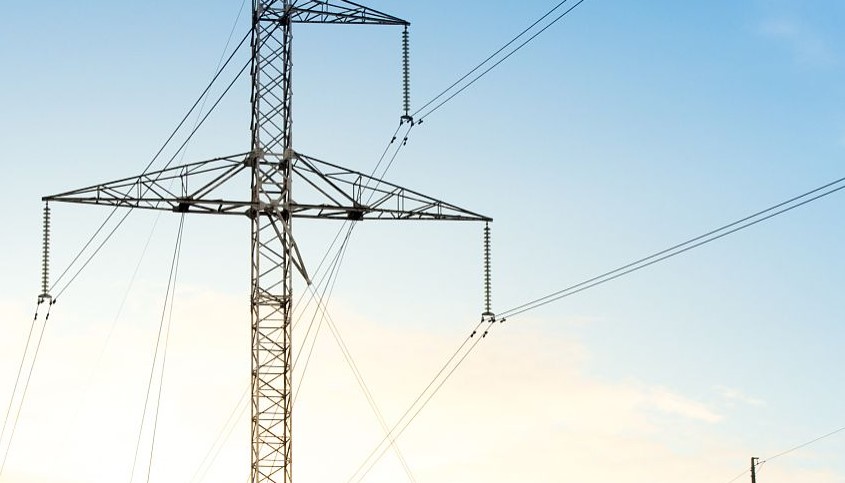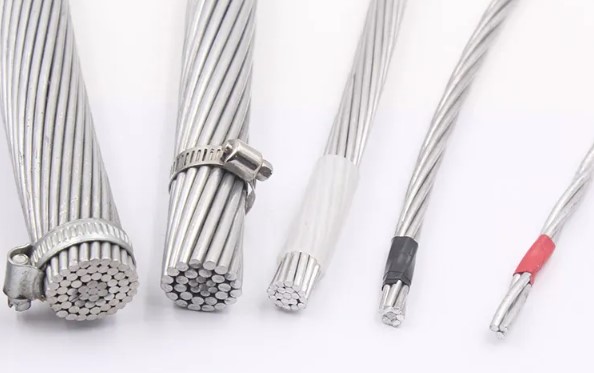Overhead lines are supported by sections of transmission towers.
Electricity pylons are used for the higher tension lines.
And wooden or concrete poles are typically used for lower tension lines.
This is because higher tension lines (línea de tension más alta) must be installed at a great height, as they require a greater safety clearance.
Only electrical pylons can afford to carry lines of tens of tons.
What you see along the road on the suburbs are usually transmission towers.
As for the types of towers, there are cat-head towers, wine-glass towers, gate-shaped towers, V-shaped towers, etc.

Voltage on overhead transmission lines
Rated voltage refers to the voltage between any two of the three ABC phases.
The standard domestic voltage of 220 volts is the voltage between any of the three phases to ground.
In reality, the line that transmits electricity to the house is 380 volts.
And the three phases are separated before entering the house.
For example, each of the three ABC phases is connected to each of the units in a building.
Overhead ground lines
Transmission lines are also divided into direct current and alternating current (DC and AC).
An AC circuit is composed of phases A, B and C.
The top of the transmission tower is the lightning line, also called overhead ground wire.
Lines located in areas with many storms or high voltage have two lightning lines.
Lines with fewer storms or low voltage may use only one lightning line.
Lightning lines are connected to poles to direct the lightning current to the ground.

Overhead transmission lines
Below the lightning lines are the transmission lines.
The number of wires are all multiples of 3. The single-circuit line contains 3 wires, the two-circuit line contains 6 wires, and the four-circuit line contains 12 wires.
In each circuit there are three wires for each of the three phases A, B and C.
The reason why there are several circuits in a tower is mainly due to the consideration of transmission capacity and footprint. This is why the concepts of “line length” and “circuit length” have also been developed.
For two-circuit lines, the circuit length is twice the line length and so on.
In the case of different voltage levels, the voltage of the upper conductor is higher than that of the lower conductor.
This is because the higher the voltage, the greater the required safety distance to ground.
Lightning lines are well distinguished from transmission lines.
The former is directly on top of the tower, while the latter must be suspended from the tower by insulators.
If there are no insulators, the conductor is shorted directly to the tower.
The insulator is an accessory for overhead wires (alambres aéreos) used to support and secure the conductor.
It can ensure proper distance and insulation between conductors or between conductors and ground.
Insulators should have sufficient electrical insulation strength and moisture resistance.
We hope this article will help you to understand overhead line and electric tower properly.
We provide high quality and low price of various overhead lines and their accessories.
Please contact us if you need them.


